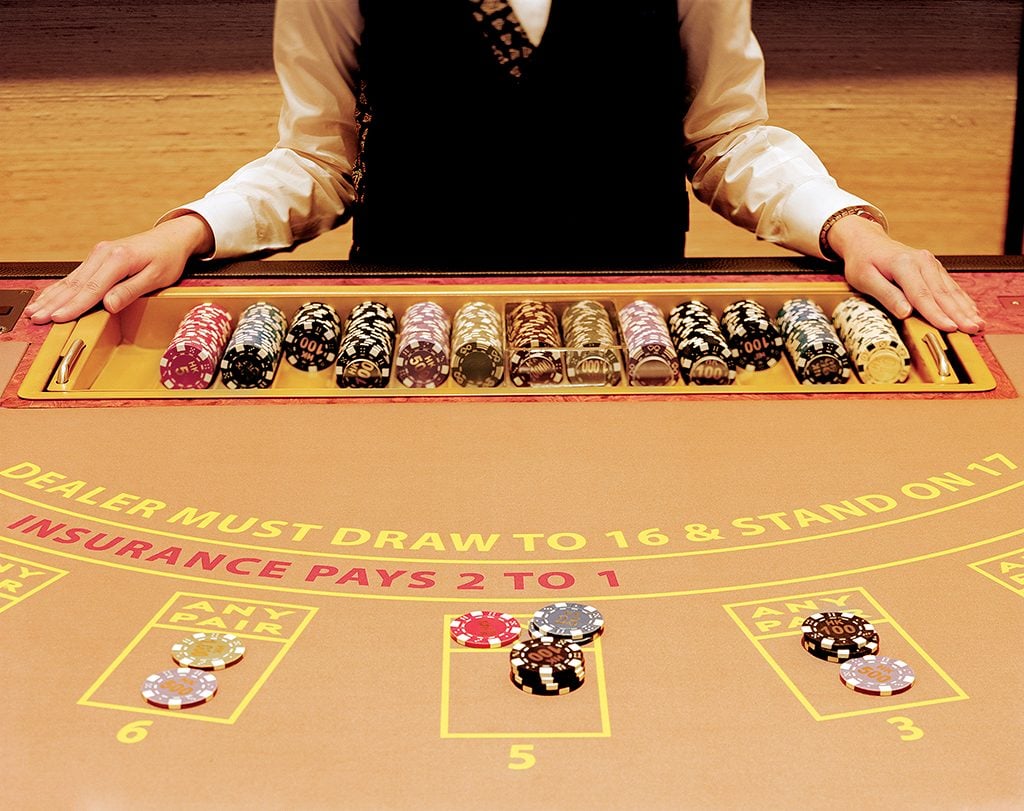
Within a dynamic and thrilling world of gaming establishments, where luck and strategy intertwine, color and aesthetic play a key role in drawing in gamblers. From the moment visitors step into a casino or access a gaming platform, they are enveloped in a sightly feast that captures their attention and lures them to explore further. Bright colors, captivating graphics, and creative layouts are meticulously crafted to create an environment of thrill and anticipation, ultimately improving the gaming encounter.
While gamblers move through the ever-changing landscape of casino games, they come across a range of designs that not only serve visual purposes but also affect emotions and choices. Colors like red and gold symbolize riches and luck, while calm navy and greens can create a more relaxed environment. Understanding how these elements function together allows casinos to create an welcoming and stimulating atmosphere that encourages players to interact with the games, spend additional time at the tables, and increase their overall enjoyment.
The Psychology of Color in Casino Games
Color plays a key role in the creation of gambling games, affecting player emotions and actions. Lively and striking colors, such as crimson and amber, are often used to incite thrill and capture focus. These shades create a sense of pressure and energy, encouraging players to participate more enthusiastically with the game. By strategically selecting tints, creators aim to elicit emotions of pleasure and anticipation, which can enhance the complete player experience.
Distinct colors also have psychological meanings that can affect how participants perceive their possibilities of winning. For instance, emerald is frequently associated with luck and wealth, making it a popular choice in games like roulette and poker setups. This link can lead gamblers to feel more hopeful and confident in their play, ultimately inspiring them to wager more. Grasping these associations allows game creators to design environments that enhance player enjoyment and loyalty.
In addition, the layout of casino game interfaces often employs color gradients and contrasting hues to guide players’ responses. For instance, winning results may be accentuated with vivid, contrasting hues, creating a visual incentive. This technique reinforces successful results and supports repeated gameplay. By leveraging the science of color, casinos can create activities that not only draw participants but also keep them interested and invested in their play experience.
Design Features that Engage Players
The aesthetic appeal of casino games is largely influenced by the implementation of bold colors. Lively and striking colors are deliberately chosen to create an inviting atmosphere that captures attention. For example, crimson and golds often signify good fortune and prosperity, which is why they are common in the palettes of slot machines and game surfaces. These colors not only attract players in, but they also evoke emotions related to thrill and anticipation, enhancing the total gaming experience.
In addition to color, the design and layout of gambling games play a crucial role in captivating players. Games are designed to be intuitive, ensuring that players can easily understand the rules and mechanics. Accessible interfaces, along with engaging graphics and motion, help maintain gamer interest and encourage extended play sessions. The physical elements, such as the feel of the controls and the sounds of the games, also contribute to a comprehensive sensory experience that keeps players immersed.
Finally, conceptual elements in gaming design can greatly influence player choice. Many casino games are inspired by media, fairy tales, or adventure themes, featuring symbols and characters that connect with players. These themes create a sense of engagement and relatability, making each game feel distinct. When players feel a bond to the theme, they are more likely to choose that game over others, leading to higher participation and excitement within the casino environment.
Case Studies: Successful Gambling Slot Designs
One prime example of successful casino game design is the well-known slot machine series themed around popular movies. 69VN Games such as those based on the The Wizard of Oz and Game of thrones utilize vibrant colors and superior graphics to immerse players in familiar narratives. The employment of dynamic visuals and entertaining sound effects captures the interest of players, establishing an affective connection to the theme. This approach not only fosters longer play but also enhances the overall gaming experience, leading to increased player retention.
Another notable case is the use of color psychology in table games like 21 and roulette. Casinos often create these games with deep reds and greens, colors traditionally linked with luck and wealth. For instance, the emerald felt on a blackjack table provides a soothing effect, while the crimson accents in roulette invite excitement. This thoughtful use of color helps to foster an inviting atmosphere that encourages players to participate, satisfying their psychological impulses and boosting their enjoyment.
Finally, social casino games that include social features and lively, dynamic designs have experienced remarkable success in engaging players. Games like Zynga’s Poker and Slotomania leverage bright colors and playful animations to create an inviting online environment. The inclusion of leaderboards, social sharing options, and in-game rewards encourages competition and community, pulling players in for longer sessions. Such designs not only make the games visually appealing but also underscore social connectivity, a vital factor in player retention and engagement within digital casino environments.